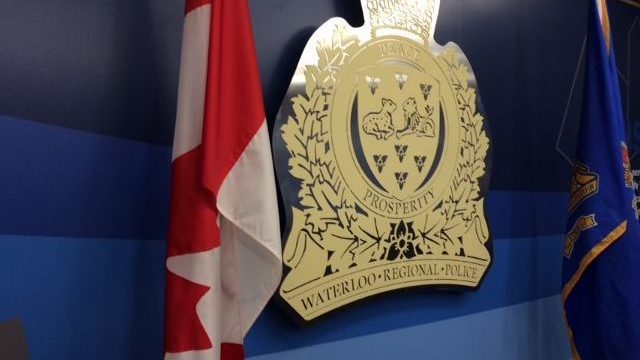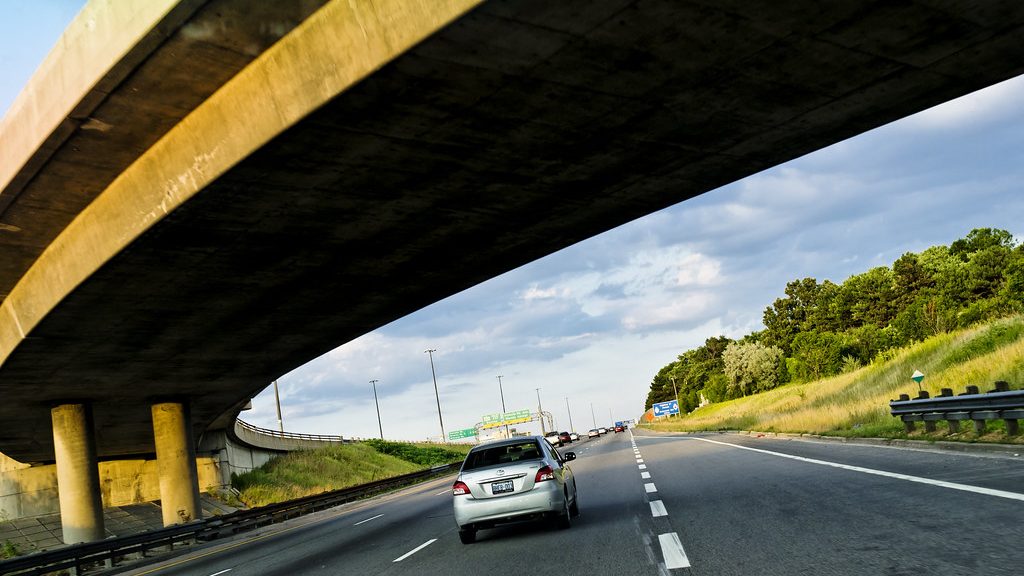Levinson draws on real-life eco-disaster for his horror ‘The Bay’
Posted Mar 4, 2013 04:08:15 PM.
This article is more than 5 years old.
TORONTO – Oscar-winning filmmaker Barry Levinson is the first to admit he’s generally not a horror film kind of guy.
Best known for acclaimed dramatic features including “Rain Man,” “Bugsy,” “Avalon” and “Diner,” the director takes an apparent left turn with his latest outing “The Bay” — a low-budget, found footage-style horror.
Levinson says it was sparked by a real-life environmental disaster unfolding in Chesapeake Bay, near his hometown of Baltimore. Frustrated that not enough was being done to address the polluted waterway, he thought a film might shock people into action.
“It can upset you, scare you and if you wanted to pay attention after the fact … great. If you don’t, you don’t,” Levinson said during a visit to the Toronto International Film Festival last September.
“But it’s there in your face, in a way. And that was really the genesis of the movie ‘The Bay.'”
His tale is set in a charming town off the coast of New England where beach-goers and tourists suddenly start coming down with a devastating mystery illness that appears to ravage their insides.
It’s traced to a parasite that lives in the waterway and has mutated into an aggressive killer after years of waste runoff and dumping from a chicken farm.
The real-life Chesapeake Bay is beleaguered by similar pollution problems, says Levinson, noting that as much as 40 per cent of the bay is considered a “dead zone” in the summer when there’s too little dissolved oxygen to support fish life.
Dead zones are caused by nutrient pollution, and state and federal officials have pointed to runoff from poultry farms as a big source.
Although far from a documentary, Levinson insists that his film is based largely on fact.
“Eighty-five per cent is all factual information — in terms of the Bay, what’s dumped into the Bay, the chicken, how the chickens are handled, the excrement tossed into the Bay,” he says.
Even the horrific creatures in the film are inspired by actual parasites that destroy fish, he continues.
“Isopods are real, you know, they are these things that enter in through the gills of fish and eat the fish from the inside out, eat the tongue and then move off when the fish is dead to something else,” says Levinson, who was originally asked to make a documentary about the Bay but decided a film would be more effective.
“Where we take the liberty is that the isopod hasn’t moved into the Chesapeake Bay. That’s the leap of faith that we would ultimately take but all of that stuff is actually there…. We’re not faking the facts, that’s credible information.”
The horror is largely revealed through footage gathered by a rookie news reporter sent to cover July 4th festivities.
More perspectives are revealed through 20 more digital platforms, including police surveillance cameras, personal camcorders, phone messages and text messages.
That includes video conferencing sessions between a frantic hospital physician and officials at the Centers for Disease Control and Prevention, which outline a frustrating layer of bureaucracy and inefficiency that threatens to make a bad situation worse.
“All you have to do is look at New Orleans in terms of Katrina — when they didn’t act when they needed to act, look what took place,” says Levinson.
“What does it take for the Chesapeake Bay to tip over and all of a sudden it’s 55 or 60 per cent dead? Without getting into all of it, what happens if it gets worse in a lot of different ways? I mean it is a toxic soup.”
“The Bay” is available Tuesday on DVD.










